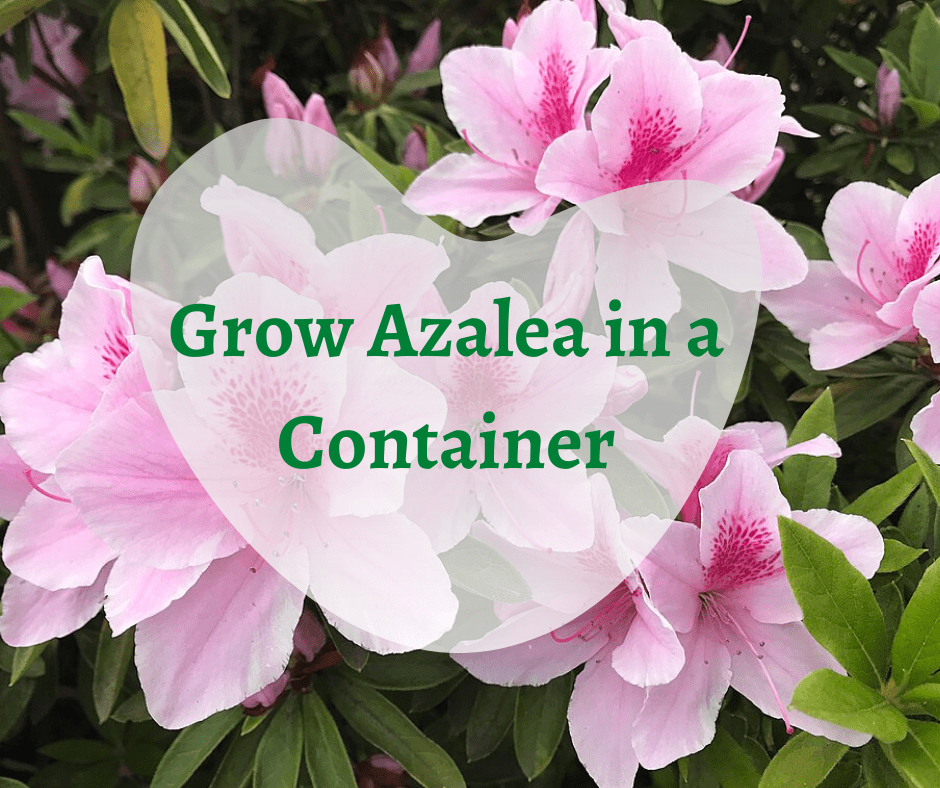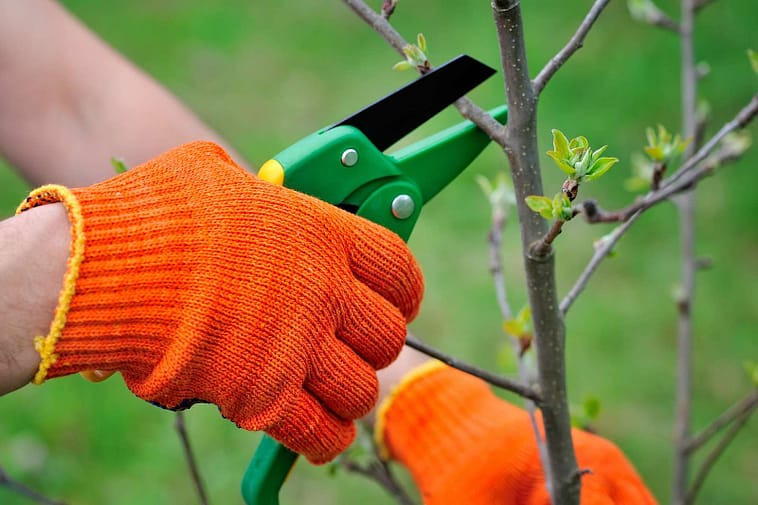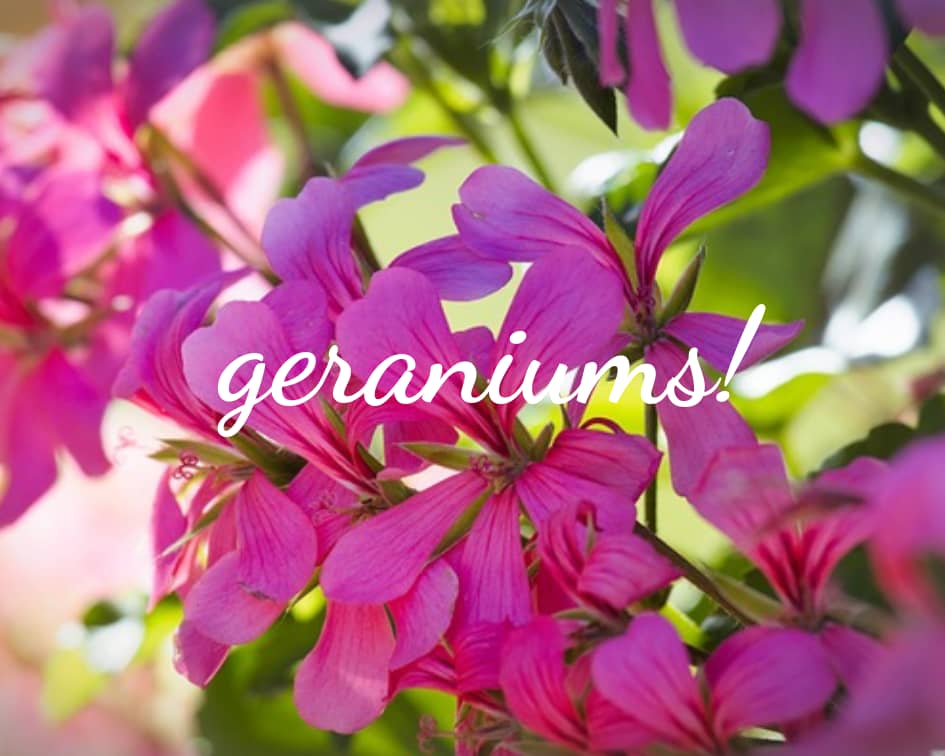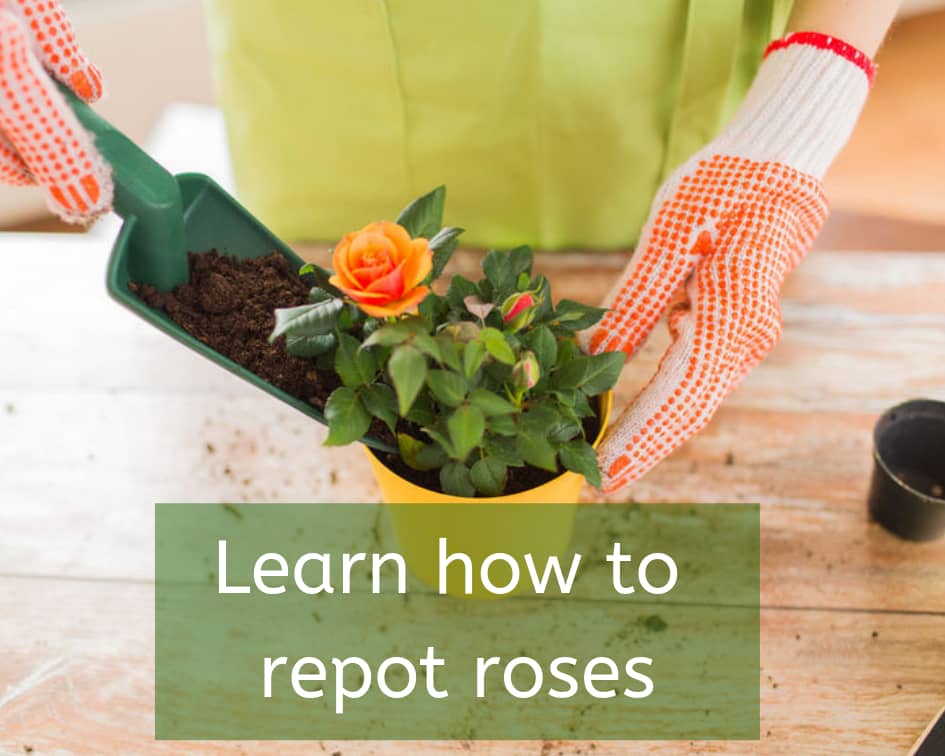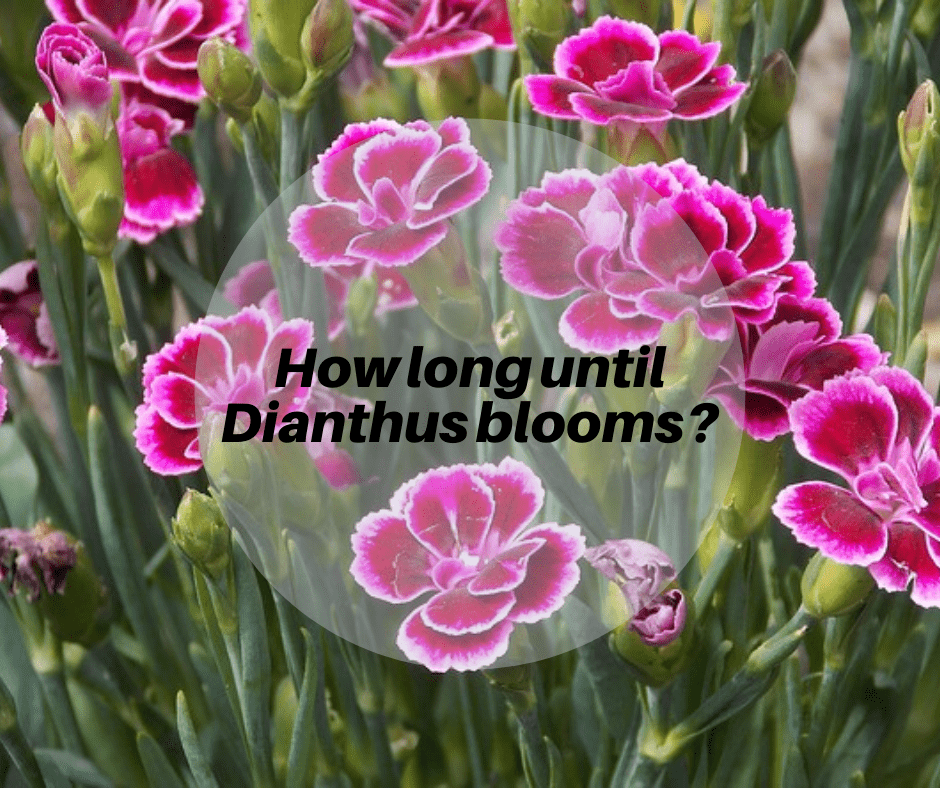This post may contain affiliate links. As an Amazon Associate we earn from qualifying purchases.
We have all the info you need to have when caring for azaleas in pots, coming right up!
That so many municipalities use it as a buffer in freeway medians and as ornamental plants in public areas, is testimony to the hardiness of the azalea.
In fact, there is only one thing that the azalea is particular about and that is soil; Azaleas do not like lime in their soil. As long as you can keep the soil in your Azalea’s pot at a pH between 5.5 and 6, it should be very easy to maintain and will bloom beautifully for you.
Supplies needed to grow azalea in a container
- Pruning shears
- Peat Moss and other organic matter
- Insecticidal soap spray
- Fungicide
- Liquid disinfectant
- Fertilizer for acid-loving plants
Azaleas thrive in dappled sunlight but light shade is ok with them as well.
Providing moisture to the azalea is a balancing act. Although they detest “wet feet,” they “like moist soil at their roots,” according to the pros at the Azalea Society of America.
Increase the amount of water supplied just after bloom to encourage more buds next year.
Naturally, the amount of water to supply the plant depends on a number of factors, including the type of soil it’s grown in, whether you keep the potted azalea in sun or shade, the amount of rainfall and humidity levels.
About that soil for azaleas in pots
I mentioned earlier that the only time an azalea could even be remotely considered a diva is when it’s in the wrong soil. Or, I should say, a soil with the wrong pH and the wrong form of nitrogen in the fertilizer.
Get yourself a pH meter if you want to avoid common azalea problems, such as yellow leaves. This plant thrives in acidic soil, so keep the soil in the pot to a pH of 4.5 to 6. To achieve this, grow the azalea in soil listed as ideal for “acid loving plants.”
Even, then, the pH will climb, so plan on applying soil sulfur once or twice a year. Use the amount recommended on the product’s package for the size of your pot.
Established Azalea plants usually don’t require fertilizer. In fact, , a master gardener with the University of California in San Diego claims that “Azaleas … actually do better without synthetic fertilizer.”
She suggests that if your soil is deficient, pick up a fertilizer that is “… labeled for ‘Acid-Loving’ plants.” This is because these contain the appropriate form of nitrogen (ammonium nitrogen) instead of nitrate nitrogen.
Better than fertilizer, however, is organic matter. A 2-inch layer of compost on top of the soil will break down, gradually providing nutrients to the azalea.
Pruning the azalea
Be sure to disinfect your pruning shears by soaking in a disinfectant (Lysol works well) and water solution, before using them on your azalea.
Prune your potted azalea as soon as it finishes blooming. Use your clean and disinfected pruning shears to remove any dead branches and long, stray shoots, especially those at the top of the plant. When pruning, cut the branches back until you see green wood.
Although your azalea can remain in the same pot for two to three years, Dr. Glen Jamieson of the American Rhododendron Society recommends repotting annually.
Loosen the root-ball and add amendments, such as compost, manure, peat moss or other organic matter, to the pot prior to re-planting it.
Control pests and diseases on your potted azalea by checking the leaves and soil frequently for signs. Azalea caterpillars are destructive but can be removed by hand.
Other pests that might show up are azalea lace bugs. These black bugs will nest on the underside of the leaves and can be managed with a commercial insecticidal soap spray.
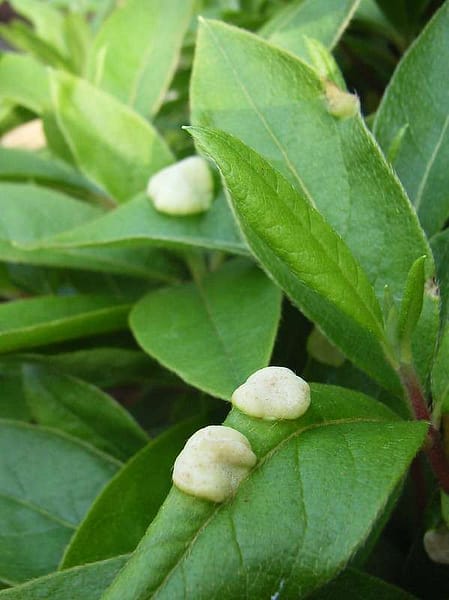
Azalea diseases
The most common azalea diseases include:
Azalea Gall which attacks new growth
Petal Blight, a fungus that affects the flowers
Powdery Mildew, common in the fall, and requires a fungicidal treatment
Rust, another fungal disease, is quite deadly to the plant. It can be identified by orange masses of spores on leaves or bark. The only way to stop this disease is by pruning and disposing of the infected parts of the plant.
Featured image courtesy: そらみみ / CC BY-SA
